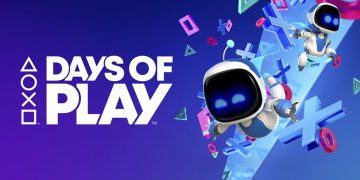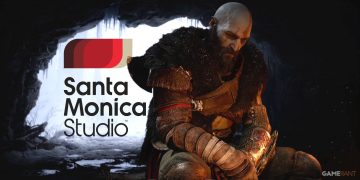Nintendo stands out in the console world today, generating a lot of buzz with the Switch, even as gamers remain a bit cautious about what the PS6 and next Xbox have to offer. While the latest PlayStation and Xbox consoles bring only modest upgrades, the Switch continues to shine with strong sales and positive reviews.
Despite being technically outmatched by its rivals, the Switch has built its success on delivering excellent exclusive games and a straightforward, enjoyable user experience. Instead of investing heavily in cutting-edge features like ray-tracing, Nintendo has focused on doing what it does best. Even the Switch OLED model was introduced not to revolutionize the system but to enhance the handheld gaming experience. As Nintendo sets its sights on a potential Switch successor, maintaining this player-first approach could keep it competitive against giants like Sony. Perhaps doubling down on the original Switch’s often-overlooked features could be a winning strategy.
When we look at the gaming controllers setting the standard today, Sony’s DualSense is a standout part of the PS5 experience. Initially perceived by some as just a gimmick, its haptic feedback capabilities have added a new dimension to gameplay, enhancing immersion from realistic experiences to more fantastical adventures. Games like The Last of Us Part 2 and Astro Bot highlight the DualSense’s potential for shaping what gamers expect from next-gen interactions.
Interestingly, before DualSense made waves, Nintendo’s HD Rumble was making a similar impact. Created by some of the same minds behind the DualSense, HD Rumble brought an intricate level of vibration to the gaming experience, promising to deepen player immersion than what traditional rumble tech offered. Should Nintendo decide to take this concept further, an “HD Rumble 2.0” might just outshine the DualSense.
Now, here’s where Nintendo could really push the envelope. Sony’s adaptive triggers have set a benchmark, encouraging others in the industry to rethink their approach to tactile feedback. Integrating this level of haptic sophistication into the Switch 2’s hybrid framework could elevate gaming experiences, offering something genuinely gripping (pun intended).
The vibrations produced by the DualSense are quite similar in principle to those of the Joy-Cons and the Switch Pro Controller — they adapt to diverse game scenarios. However, Sony takes it up a notch by localizing these vibrations, fine-tuning the haptic feedback to mirror what’s happening in-game, offering players a more immersive experience. Embracing this level of realism could prove advantageous for the next-gen Nintendo console.
It would indeed be surprising and somewhat disappointing if Nintendo were to retreat on haptics with the Switch 2. While the DualSense might currently hog the spotlight, HD Rumble still plays a crucial role in the Switch’s appeal. With the gaming world paying extra attention to the PS5’s controller, it feels like the perfect moment for Nintendo to remind everyone of its own innovations and contributions in the haptic space.


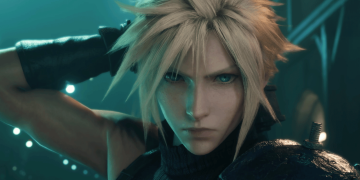
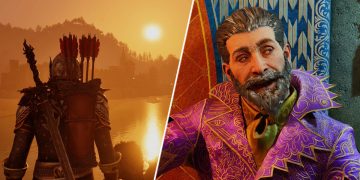

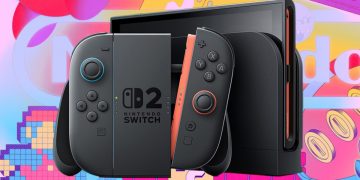
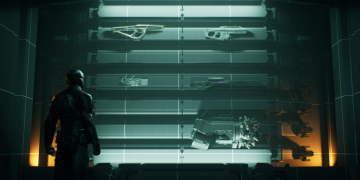
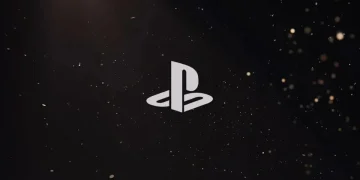
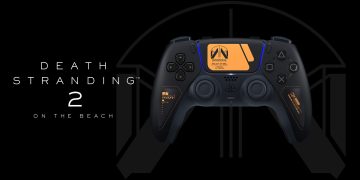
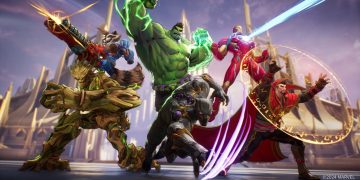
![[Review] Lost Records: Bloom and Rage – Tape 2 for PS5 [Review] Lost Records: Bloom and Rage – Tape 2 for PS5](https://www.8bitnewsroom.com/wp-content/uploads/2025/05/Review-Lost-Records-Bloom-and-Rage-–-Tape-2-for-360x180.jpg)
